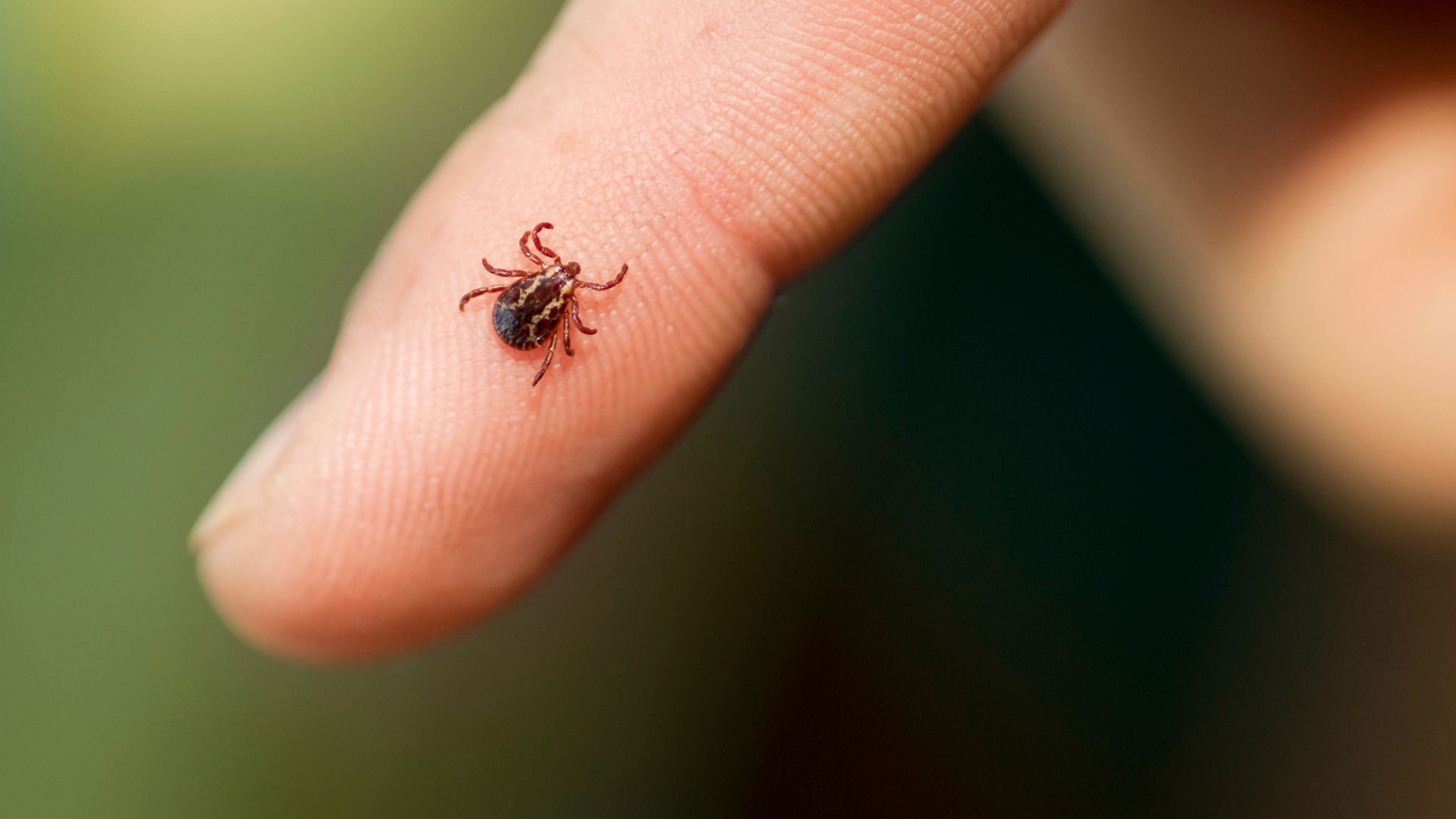The Asian longhorned tick has made its way to Massachusetts — here’s what you need to know.
According to the U.S. Centers for Disease Control and Prevention (CDC), the Asian longhorned tick has been reported in Massachusetts and several other U.S. states as of August 22, 2022. If you encounter a longhorned tick, there’s no need to panic. There are many things you can do to protect against this type of tick. And, there are several ways to prevent the Asian longhorned tick from becoming a long-term problem.
What is the Asian Longhorned Tick?
The Asian longhorned tick was first reported in the United States in 2017. Since that time, it’s been found on people, pets, and livestock. The female Asian longhorned tick is capable of producing up to 2,000 eggs without mating. In some instances, thousands of Asian longhorned ticks can be found on an animal or in grass and shrubs. Research suggests the Asian longhorned tick is less attracted to human skin than other potential targets. Regardless, the tick can bite you.
The Life Cycle of an Asian Longhorned Tick
An Asian longhorned tick has a life cycle that lasts about two years. The tick goes from egg to larva to nymph to adult. It needs blood to grow and survive. At each life stage, the tick finds a new host for blood.
What an Asian Longhorned Tick Looks Like
It can be difficult to distinguish an Asian longhorned tick from other types of ticks. The Asian longhorned tick is light brown in color. It is typically the size of the head of a pin as a larvae. The tick eventually grows into a nymph, which is roughly the size of a poppy seed. As an adult, an engorged Asian longhorned tick can reach the size of a pea.
What Diseases Do Asian Longhorned Ticks Carry?
Asian longhorned ticks carry bovine theileriosis and babesiosis, both of which can impact a variety of animal species. Scientists continue to study the Asian longhorned tick and learn about other diseases it may carry. They are also monitoring the spread of diseases by the Asian longhorned tick.
What to Do If You Get Bitten by an Asian Longhorned Tick
If you see an Asian longhorned tick on your skin, remove the tick immediately. Whenever possible, place the tick in rubbing alcohol in a jar or Ziploc bag. Then, contact your local health department or veterinarian to report the tick.
Hubbardston Tick Control Tips You Need to Know
A proactive approach to Hubbardston tick control is key. For those who are planning to visit wooded areas, beware the Asian longhorned tick. You can wear long-sleeve shirts and pants and apply insect repellent before you visit these areas. Also, it helps to explore tick control solutions for your property. That way, you can combat the Asian longhorned tick and other types of ticks moving forward.
Move Forward with Tick Control in Hubbardston
For the best Hubbardston tick control, look for professional help. You can work with a Hubbardston tick control company that helps you fight off the Asian longhorned tick and many other types of ticks. The company’s friendly, knowledgeable tick control professionals are happy to help you at any time.
Also read: Can Ticks Live in Your House?
